The inglorious end of the western campaign of the tumens Subedei and Jebe
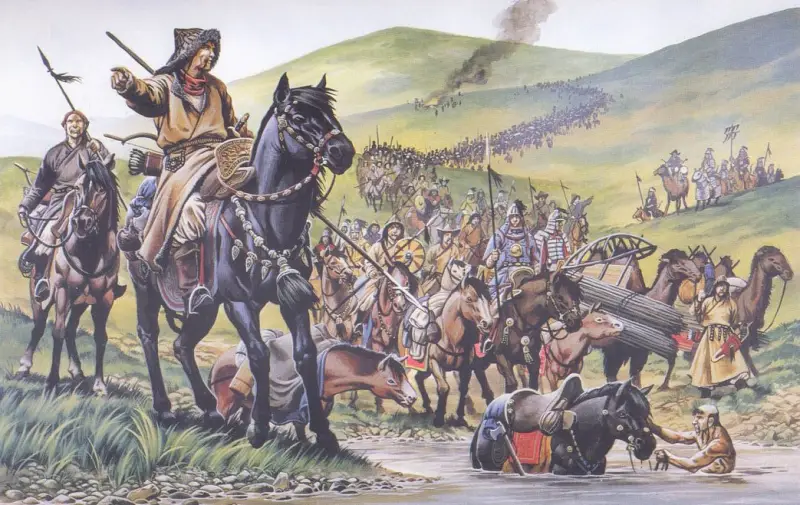
"The Mongol army on the march." Illustration from the magazine "New Soldier"
Earlier we talked about the Western campaign of the Tumen Subedei and Jebe, who first looked for the Khorezmshah Muhammad II, and then, bypassing the Caspian Sea from the south, defeated the Georgian army of King George IV, then the Lezgins, Alans, and Kipchaks. Finally, near the Kalka River they defeated the united Russian-Polovtsian troops. It was time to go back.
After Kalka
So, having won a convincing victory at Kalka, the Mongols did not attack the Russian principalities, but moved east - to the newly organized ulus of Jochi by Genghis Khan. But then they suddenly abruptly changed their route, moving north – to the lands of the Bulgars. The one mentioned in the book acted as a guide and advisor. previous article former Vali of the Bulgarian city of Hina Ablas.
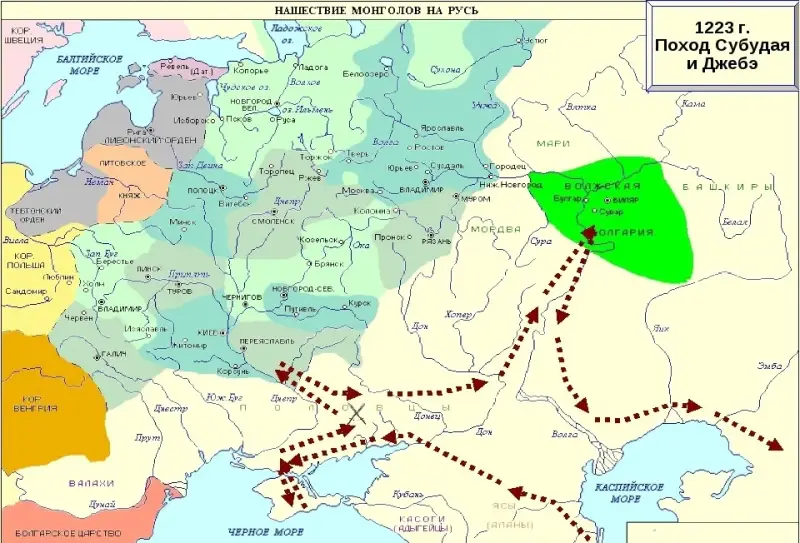
Map of the campaign of Subedei and Jebe
But why did the Mongols decide to make such a detour on their way home? Did Subedei and Jebe (if he did not die at Kalki and was still alive) on their own initiative decide to also destroy Volga Bulgaria - a very strong and by no means defenseless state, on the coat of arms of which was the image of a leopard with a raised paw?
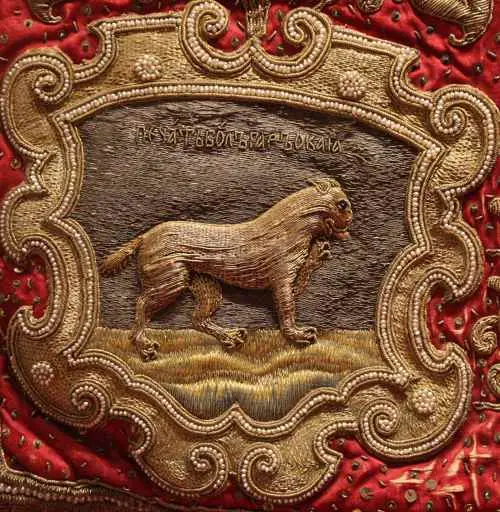
Bulgarian leopard on the garden cover of the “Big Outfit”. Fabric, pearls, gold and silk threads of the 17th century.
By the way, please note that the coat of arms of modern Kazan features the winged serpent Zilant, but the Kazan hockey club is called “White Leopard” (“Ak Bars”). And on the coat of arms of Tatarstan there is something in between: a leopard, but with wings.
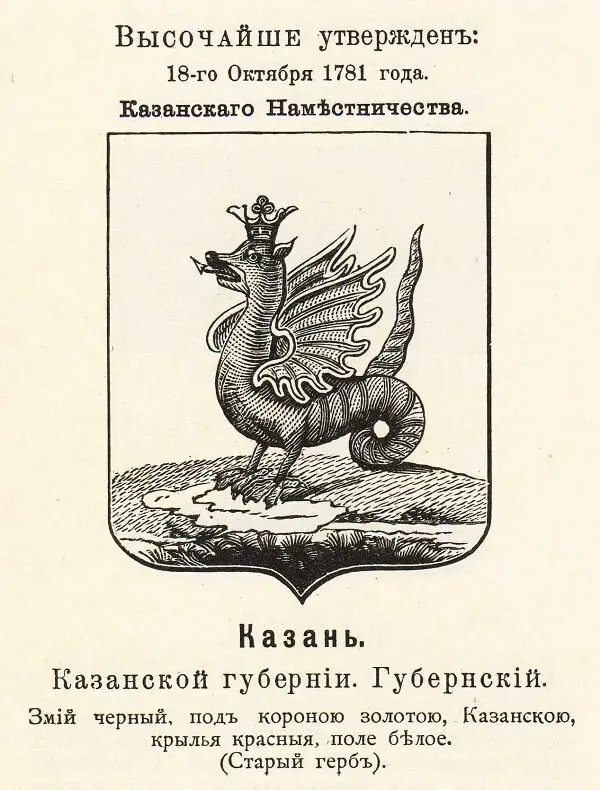
Kazan coat of arms, approved by Catherine II
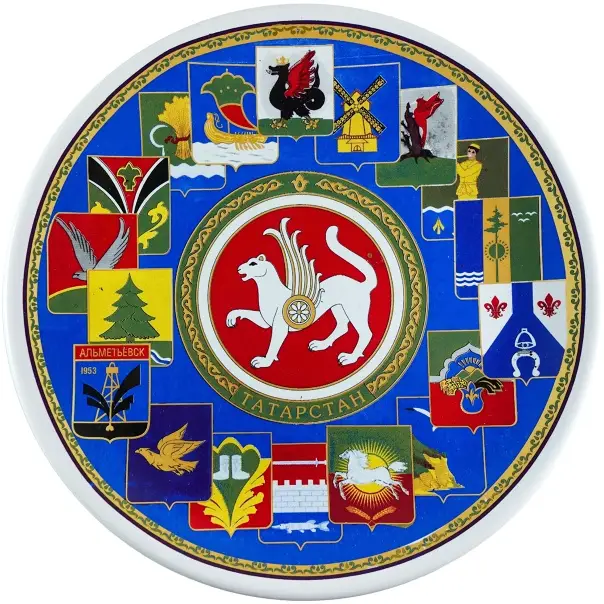
Coat of arms of Tatarstan
It is unlikely that the Mongol military leaders simply wanted to confirm their status as excellent commanders by defeating the army of another state. Some researchers have suggested that the Mongols were forced to turn north by the Saksins, who wandered between Itil and Zhaiyk (Volga and Ural), who set fire to the grass in the steppe. But the Mongols could not find out about this before they reached the lower reaches of the Volga.
There is a very reliable version according to which, after the victory at Kalka, the returning Mongol troops finally managed to establish contact with Genghis Khan’s headquarters and received a new order - this time to act against the Bulgars in alliance with the army of the conqueror’s eldest son, Jochi. Allegedly, this is precisely why they then suddenly sharply reduced the speed of their movement: they could have approached the Bulgar lands in the middle of summer, but they ended up there only at the end of 1223 or even at the beginning of 1224: perhaps they were expecting reinforcements sent to them by Jochi, or his strike along the rear of Volga Bulgaria? However, Jochi violated his father’s order, putting the Mongol expeditionary force in a very difficult situation - and was so afraid of his anger that in the same 1224 he refused to appear at the Kurultai - apparently, he did not expect anything good from the meeting.
Relations between Chinggis and Jochi were always somewhat cool, since the latter’s real father was probably a Merkit, whose wife or concubine was the conqueror’s beloved wife, Borte, during her captivity. The “Secret History of the Mongols” directly states that Jochi could have been born from Chilgir-Boko, the younger brother of the Merkit leader Chiledu, whose father Temujin Yesugei, with the help of two brothers, once recaptured his bride, Hoelun (she became his first wife and gave birth to 5 children , including the future “Shaker of the Universe”). Borte's kidnapping was revenge for that long-standing grudge. And Temujin fled during the Merkit raid, abandoning not only his wife, but also his mother and brothers to the mercy of fate. The first-born Borte was born shortly after her liberation (in 1218) and received a name, one of the translations of which is “Guest”. It is known that the second son of Temujin and Borte, Chagatai, openly reproached his older brother for his Merkit origin. And therefore, some researchers propose to call the descendants of Jochi not Chingizids, but Jochids. The Jochids, by the way, were divided into two “branches”: the elder, whose representatives were Batu and Berke, and the younger.
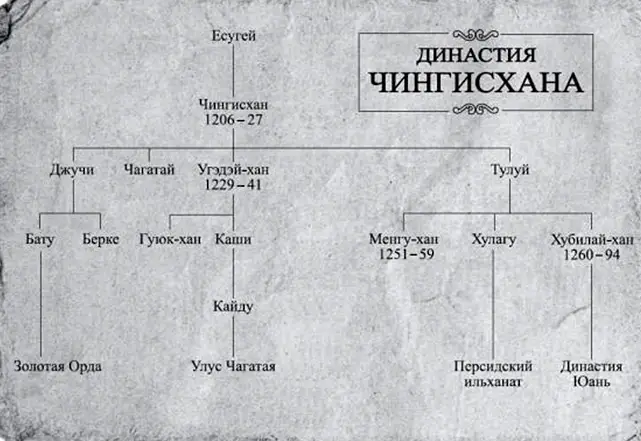
Aware of his guilt, Genghis recognized Jochi as his son, but his first-born reminded him of the shame he had experienced. And therefore, he allocated to him the devastated Khorezm, the sparsely populated steppe on the territory of present-day Kazakhstan, the lower Volga region and the still unconquered lands of the West as an ulus. Subsequently, three hordes arose in this territory: the White Horde on the Irtysh, which ceased to exist by the 14th century, the Blue Horde, which occupied the territories from Tyumen to Mangyshlak, and the Golden (or Great) Horde on the Volga. The conquered peoples lived on the lands of the Golden Horde: the Kama Bulgars, Bashkirs, Mordovians, Cheremis, Chuvashs; the northeastern Russian principalities were considered its uluses.
But let's return to Jochi and his reluctance to go to the aid of Subedei and Jebe. Some believe that he was at enmity with them and therefore wanted them to die. And others believe that the first-born of Genghis was a principled opponent of his father, who did not love him, and argue that Jochi did not want to fight, but to develop the lands that he inherited. The 13th century Persian historian Al-Juzjani wrote:
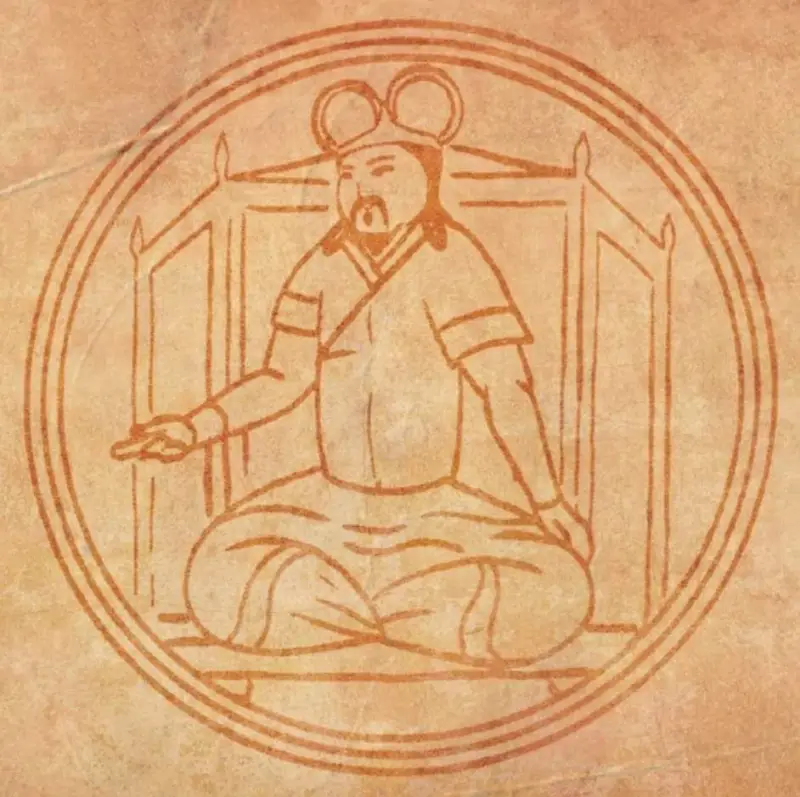
Jochi on a miniature of the handwritten book “Baysungur albumu”, XIV-XV centuries.
Rashid ad-Din in the “Collection of Chronicles” also says that Jochi violated the order of Genghis by avoiding assistance to the corps of Subedei and Jebe, and then from a punitive expedition against the Bulgars.
Genghis Khan ordered him:
Jochi didn’t even answer his father. As a result, Genghis Khan began planning a campaign against Jochi; preparations for it were stopped after the death of his rebellious son.
Ad-Juzjani, quoted above, states that he was in opposition to his father Jochi even during the conquest of Khorezm:
“Genghis Khan has gone mad that he is destroying so many people and destroying so many kingdoms. It seems to me that the most expedient thing is to kill my father while hunting, get closer to Sultan Muhammad, bring this state to a flourishing state and provide assistance to Muslims.”
His brother Chagatai found out about such a plan and informed his father about this treasonous plan and his brother’s intention. Having found out, Genghis Khan sent his proxies to poison and kill Tushi.”
But Rashid ad-Din claimed that Jochi, who was only about 40 years old, died of some kind of illness. According to the "Genealogy of the Turks", this happened 6 months before the death of Genghis Khan - in 1227. And Jamal al-Karshi claims that this happened 2 years earlier:
In 1946, Soviet archaeologists explored the mausoleum in the Alatau Mountains - it was here, according to legend, that Jochi was buried.
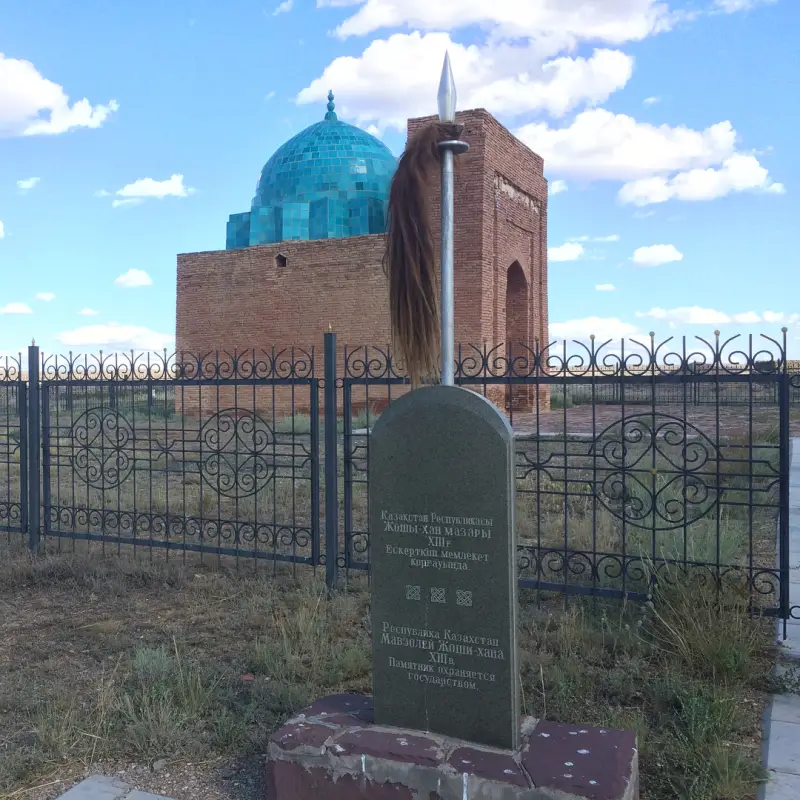
The alleged mausoleum of Juchi Khan is a 13th-century architectural monument located in the Ulytau district of the Karaganda region at 50 km northeast of Zhezkazgan
A male skeleton without a right hand and with a severed skull was discovered in the mausoleum. If this body really belongs to Jochi, we can conclude that Genghis Khan’s envoys decided to use blades rather than poison, and the rebellious son of the conqueror clearly resisted. However, there is a version that Jochi died after falling from a horse while hunting kulans (they look like donkeys, but have common features with horses). Sometimes these two versions are combined and they say that during this hunt the killers overtook the eldest son of Genghis Khan.
Defeat of the Mongol corps in Volga Bulgaria
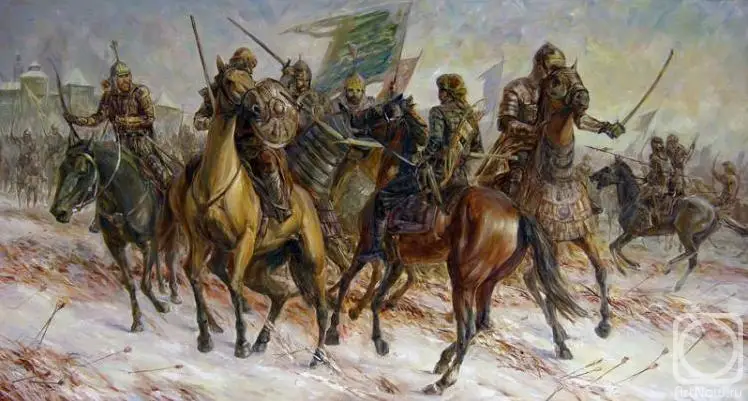
I. Murtazin. Broken Spear
So, without waiting for help from Jochi, the tumens Subedei and Dzhebe nevertheless moved towards Volga Bulgaria. Their guide was the former wali (governor) of the city, Hina Ablas, who for some reason ended up in one of the cities captured by the Mongols on their way to the West, joined them and even, according to some sources, negotiated with the Russian princes near Kalka. Some historians believe that Ablas could play a “double game” and warn his compatriots in advance. However, there was no particular need for such a warning: everyone around had already heard about the Mongols, and they had long been at the southern borders of the Bulgarian state - although no one stopped them from returning to Genghis Khan. Volga Bulgaria was a strong trading power that controlled the routes along the Volga and Kama. The allies of the Bulgars were the Mordovian tribes of the so-called Purgas Rus', located on the Moksha River; Russian settlers also lived in this territory. The Mordovians called their country Erzyan Mastor, but it was not united: the northern wooded part was then controlled by Prince Purgas, who was oriented towards Bulgaria, and the southern part, where there were few forests, was under the rule of Prince Puresh, who maintained good relations with the nomads, and these rulers were at enmity with each other.
In "Complete Code of General stories"Ibn al-Athir reports that in 620 AH. (04.02.1223/23.01.1224/XNUMX–XNUMX/XNUMX/XNUMX), having learned about the approach of the Mongols, the Bulgars
Professor of Kazan University, Doctor of Historical Sciences A. Kh. Khalikov calls Ilgam Khan the commander of the Bulgar army, and the site of the battle with the Mongols is the Samara Luka region. However, some believe that it could have passed near the Zolotarevsky settlement, discovered by F. F. Chekalin in 1882 and explored in 1998-2000. historian and archaeologist G. N. Belorybkin.
The terrain on Samarskaya Luka really seems favorable for organizing an ambush: there are floodplain swamps, groves and ravines that would greatly limit the attacking side’s ability to maneuver. At the same time, in other places convenient for crossings, the Bulgars set up abatis: when trying to overcome one of them, the Mongols suffered serious losses in a firefight with well-hidden enemy archers. At the only possible crossing point, carts were placed that were poorly visible in the thick grass, and between them stood kavesi - warriors armed with large (one-third the height) bows: their iron arrows could pierce the armor of heavy Mongol cavalry. The archers were covered by Bulgar spearmen - professional warriors, like the warriors of Russian princes, and militias of vassal tribes. Heavily armed horsemen - chirmysh - were waiting in the wings, who were supposed to fight the Mongols in an open field.
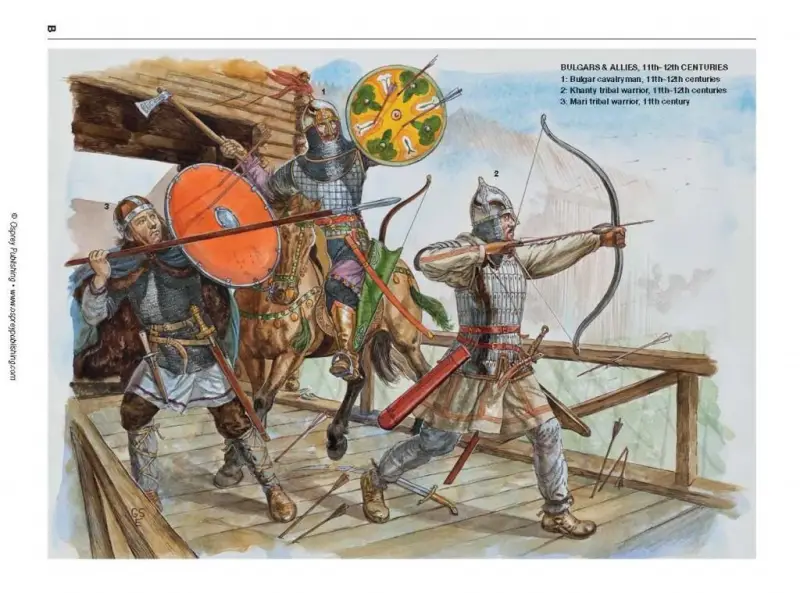
Warriors of Volga Bulgaria in a drawing by Sam Embleton and Jerry Embleton
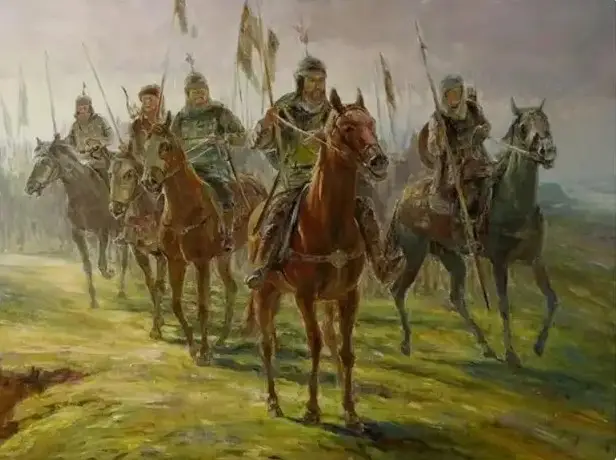
Bulgarian horsemen in the painting by I. Murtazin
The Mongols had no way out, and Uran-Kytai, another son of Subedei (the other, as we remember, was killed as part of the first embassy before the Battle of Kalka) received an order to cross the Volga.
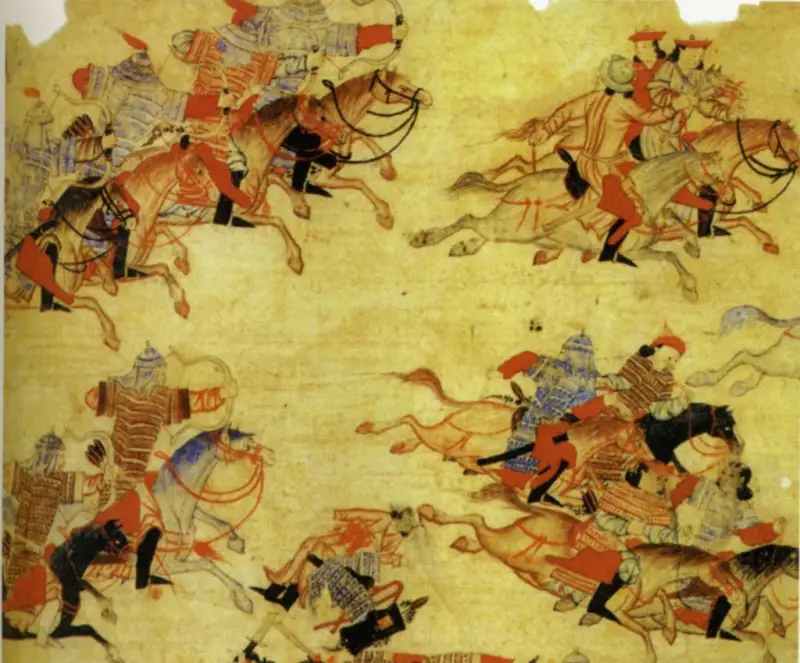
Mongolian cavalry attack, medieval miniature
Bulgar archers attacked the Mongols on the other side - behind the forest, then the heavy cavalry struck. This attack was repulsed, but the Mongols literally ran into a “Wagenburg” of carts with foot soldiers protecting them. Uran-Kytai sent a messenger to his father asking for help, and about 7 thousand Mongols, led by Subedei himself, crossed to the enemy shore. Having received reinforcements, Uran-Kytai still managed to break through the first line of defense (or the Bulgars deliberately let him through) - and saw the second line in front of him, on a neighboring field. The Mongols again came under fire and were then overwhelmed by a Bulgar cavalry attack.
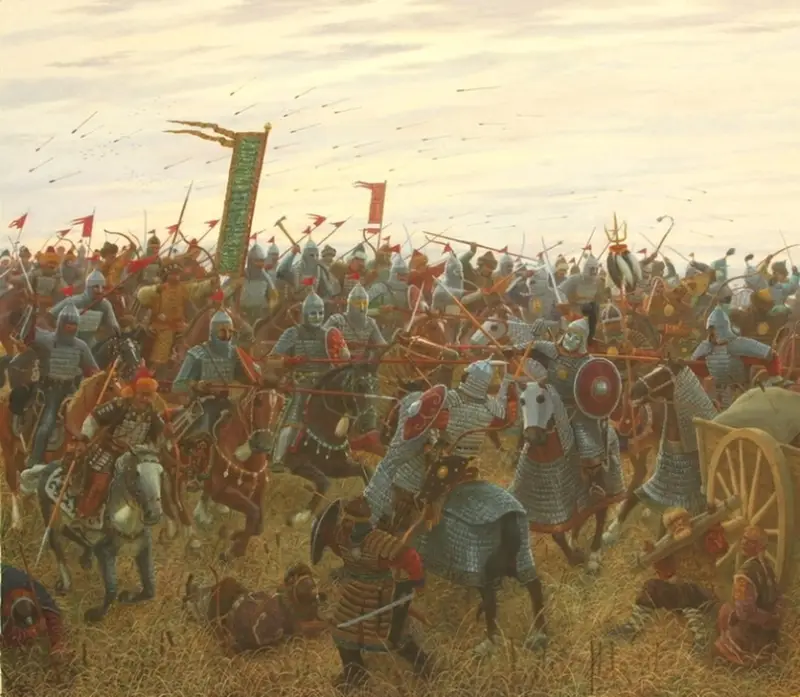
R. Zagidullin. Battle of the Bulgars with the Mongols
Unable to help, Subedei was forced to cross to “his” shore.” Almost all the Mongols on the Bulgarian coast were killed or captured - including the son of Subedei. According to legend, the ransom for them was paid in sheep - and therefore this battle was called the “Battle of the Sheep.”
By the way, later, under the Romanovs, instead of a leopard, a lamb with a banner suddenly appeared on the Bulgarian coat of arms, but many believe that this was not connected with the long-standing victory on the Volga, and the new image appeared by mistake - perhaps the “weak-eyed” redrawer did not make out small details and instead of a warlike leopard, he drew an ancient Christian symbol known to him.
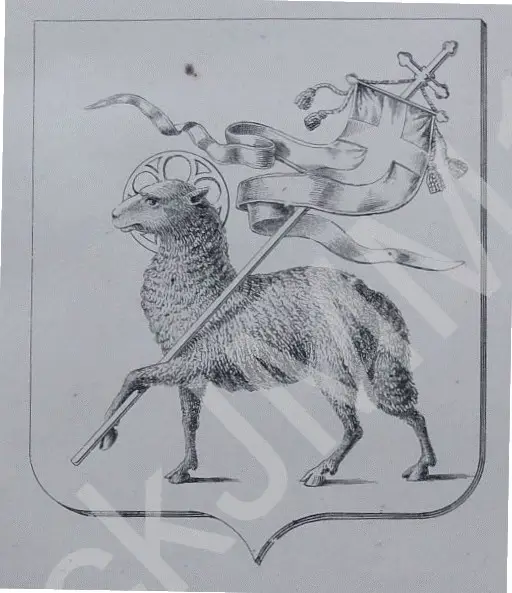
Let's go back to 1223 (or 1224) and see that Subedei was then seriously wounded - he lost an eye and was wounded in the leg, the consequence of which was severe lameness, since then the Mongols began to call him "leopard with a severed paw" Many believe that it was then that Jebe died. Only 4 thousand soldiers broke through to Desht-i-Kipchak.
Return of the tumens Subedei and Jebe
How should Genghis Khan meet Subedei? Let's try to look at the situation through the eyes of this khan. So, two military leaders at the head of 20 thousand selected horsemen (not some steppe rabble, but the hitherto invincible warriors Onon and Kerulen) were sent by him to search for the head of a hostile state, but did not find him, and missed the new one. And Jalal ad-Din returned in 1224, already in 1225 he captured Fars, Eastern Iraq, Azerbaijan, defeated Georgia and burned Tbilisi, defeated the Mongols at Isfahan. It was possible to cope with it only after the death of Genghis Khan - in 1229 under the new great khan Ogedei. And Subedei and Jebe disappeared for three years: they fought with someone, won, in general, fruitless and meaningless victories, demonstrating to potential opponents the capabilities of the Mongol army. And then their army suffered a humiliating defeat, being thrown into battle in the most unfavorable conditions. The experienced and loyal Jebe died, either somewhere near Kalka, or in a battle with the Bulgars. However, Subedei escaped punishment, but relations between Genghis Khan and his eldest son Jochi, who refused to send troops to support the returning Temniks, deteriorated sharply. Apparently, it was he who was considered by the great conqueror to be the main culprit of the defeat. According to Ad-Juzjani, it all ended (as we have already noted) with the order of Genghis Khan “poison and kill Carcass».
But perhaps the defeat of the Mongols in Bulgaria was not so devastating. “Yuan-shi” reports that after the clash with the Bulgars, the Mongols managed to defeat the Kangls, whose tribes roamed from the Urals to the Aral Sea. Or was the Kangle detachment completely insignificant?
In the next article we will talk a little about the fate of Volga Bulgaria.
Information